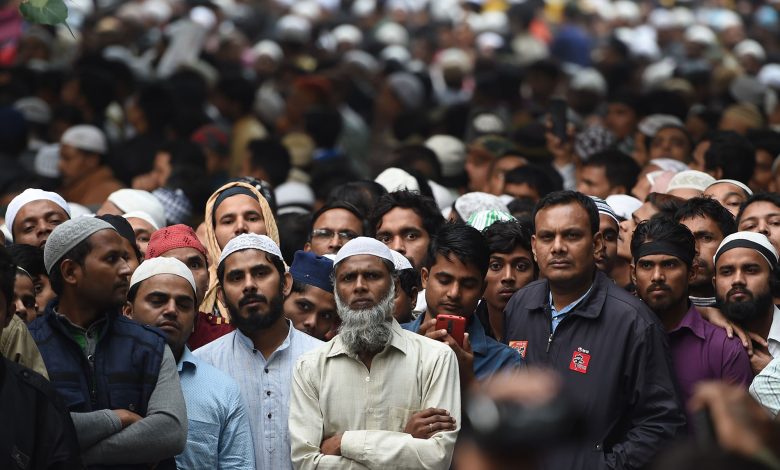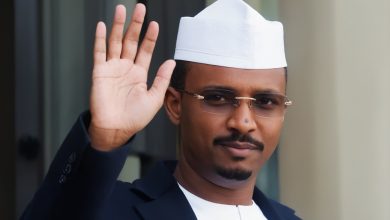Muslim Representation in India’s Government Falls, Hope Persists

(2-2)
TRT
In India this year, the election was a crucial way to determine if the new government would be the representative of all its citizens. Spoiler alert: It’s not.
A country of 1.4 billion people, India has been going through a complex electoral process over the last two months. A majoritarian media frenzy (incorrectly) forecast the infallibility of the Bharatiya Janata Party (BJP).
The party fell short of its ambitious goal of winning 400-plus seats, achieving only 240 out of 573, and not even achieving a majority for the first time in three elections.
This year’s election was foremost a litmus test of India’s foundational values: equality, diversity, secularism, plurality. Elements that the Indian Constitution has set as its premise. So how did we land?
Prime Minister Narendra Modi’s new cabinet is made of 72 ministers – 30 cabinet ministers, 36 ministers of state and five ministers of state with independent charge.
It’s not an anomaly that the majority of Modi’s cabinet is composed of Hindu upper caste males. In the last 10 years, India has become more patriarchal than ever, though the ruling regime, particularly Modi himself, has been “championing” Nari Shakti (women power).
But as the proverbial saying goes, “the proof of the pudding is in the eating.” There are only six women in the Union Cabinet, and Muslims cabinet members are conspicuously absent. Relevantly, the BJP fielded only one Muslim candidate from Kerela’s Malappuram, M.Abdul Salam, who lost.
And the National Democratic Alliance (NDA), the umbrella group of political parties helmed by the BJP, has zero Muslim representation, let alone Muslim women.
However, not all hope is lost.
Joining politics under complicated situations and going on to win, the three officials are empowered Muslim women who have already proven widely circulated misconceptions about them wrong.
Their stories reflect the confidence needed to take on the mighty ruling party. These victories also hopefully mark the end of a particularly vitriolic backlash against India’s Muslim population, both physically and psychologically.
And their arrival in government comes at a good time for countering majoritarianism, as the election results have shown that subversion is “possible” even in the current climate.
Interestingly, during this general election, Prime Minister Narendra Modi likened his tenure with India’s first leader Jawaharlal Nehru, the only other prime minister to have ruled the country for three consecutive terms.
Also reminiscent of the past was the transformation of a fifth-generation political “loser” – with Rahul Gandhi who hails from the most powerful, and most “criticised” political family – emerging as the undisputed leader of the oppressed, reinventing himself as a winner.
On the election trail, Gandhi countered divisiveness and bigotry with inspiring speeches like “Nafrat ke bazaar mein Mohabbat ki dukan (a shop that sells love in the market of hatred)” and by leading two of the longest cross-country marches – Bharat Jodo Yatra (Bharat Jodo means – unite India) and the Bharat Jodo Nyay Yatra over the last two years.



